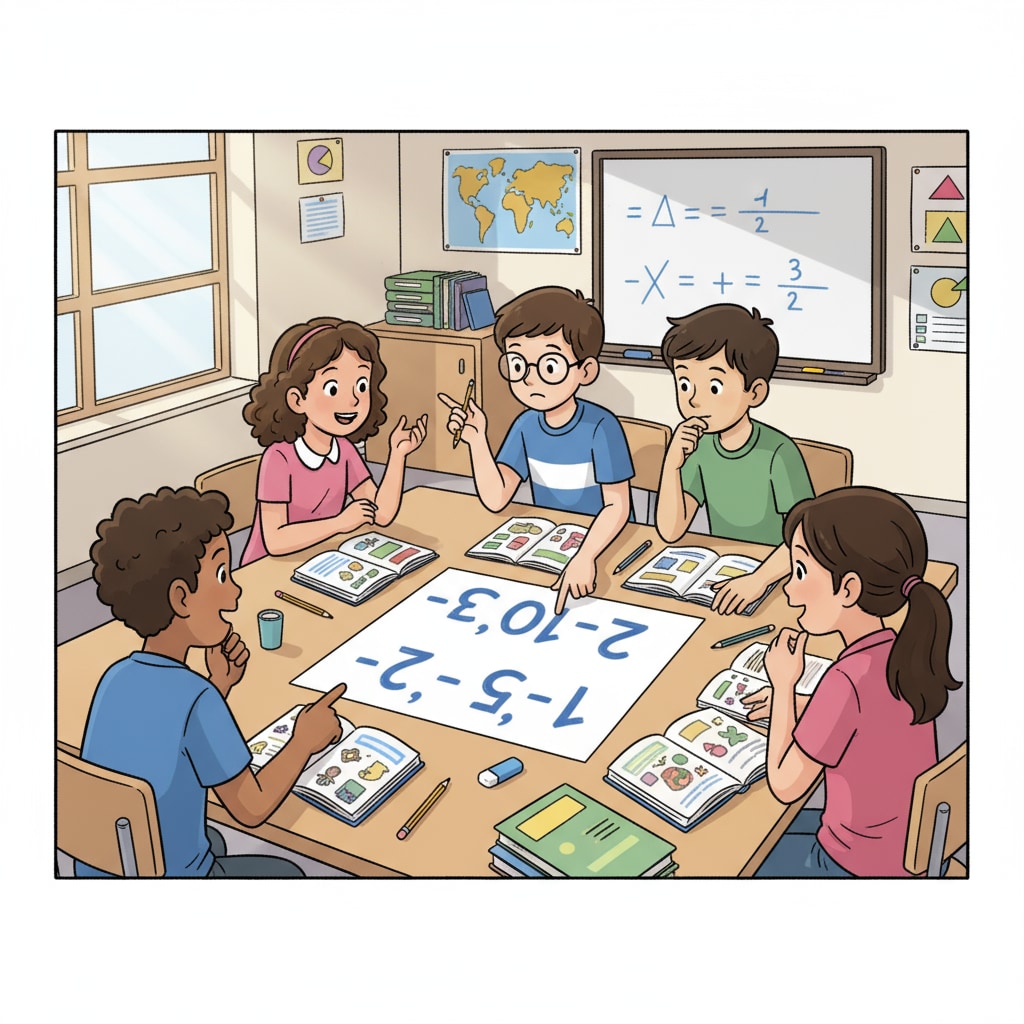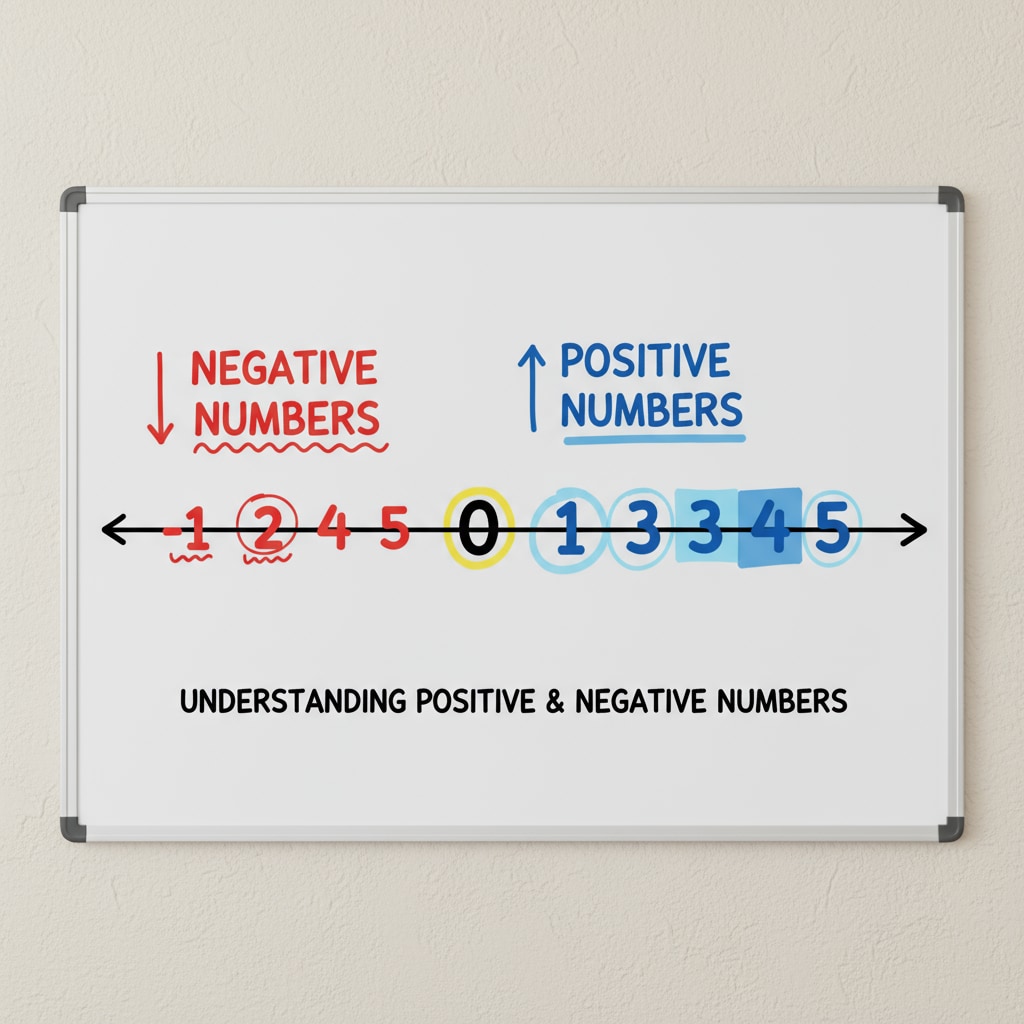Negative numbers, 4th-grade students, and mathematical abilities are key elements in the exploration of young learners’ mathematical development. As students progress through their elementary school years, the introduction of new mathematical concepts like negative numbers becomes a significant milestone. Understanding how 4th-grade students perceive and accept this concept can provide valuable insights for educators.

The Cognitive Development of 4th-Grade Students
At the 4th-grade level, students are in a crucial stage of cognitive development. According to Piaget’s theory of cognitive development, they are transitioning from the concrete operational stage to a more abstract thinking phase. This means they are starting to understand logical operations but still rely heavily on concrete examples. For example, when learning about numbers, they can easily grasp the concept of positive integers through real-life objects like apples or toys. However, negative numbers pose a challenge as they lack the tangible nature of positive numbers.
The Challenge of Negative Numbers
Negative numbers are a more abstract concept compared to the positive numbers that 4th-grade students are familiar with. The idea of a number being less than zero goes against their prior understanding of quantity. For instance, if they have always thought of numbers as representing a certain amount of something, the concept of having “less than nothing” can be confusing. Moreover, the rules governing negative numbers, such as addition and subtraction, are more complex.

Teachers need to find effective ways to bridge this gap between students’ existing knowledge and the new concept of negative numbers.
To help 4th-grade students understand negative numbers, educators can adopt several strategies. Using real-life situations is an effective approach. For example, temperature can be a great example. When it’s below freezing, the temperature is represented by negative numbers. Another strategy is the use of visual aids like number lines. A number line clearly shows the relationship between positive and negative numbers.渐进式教学 also plays a vital role. Starting with simple examples and gradually increasing the complexity can make the learning process more manageable for students.
In conclusion, understanding 4th-grade students’ ability to comprehend negative numbers is essential for improving mathematics education. By considering their cognitive development and implementing appropriate teaching strategies, educators can help students cross the threshold of understanding this important mathematical concept. This not only enriches their mathematical knowledge but also paves the way for more advanced mathematical learning in the future.
Readability guidance: The content uses short paragraphs and lists to summarize key points. Each H2 section provides relevant details. The proportion of passive voice and long sentences is controlled, and transition words are used throughout the text for better flow.


